Watching the devastating aftermath of Hurricane Helene unfold and with more cyclone formations developing in the Atlantic, staying informed and prepared throughout the remaining hurricane season is vital to those along the US East Coast, Gulf of Mexico, and in the Caribbean.
Forecasters predicted this year’s hurricane season to be more active than usual because of the lower temperatures in the South Pacific (a transition to a La Nina season), causing low wind activity in the Atlantic. With lower wind activity and record high temperatures in the Atlantic Ocean and Caribbean Sea, favorable hurricane conditions have been created and will last until the end of November.
NHC Tracking Three Systems
Hurricane Kirk is the only hurricane in the Atlantic as of right now and is expected to become a major hurricane (category 3) by Thursday morning. Fortunately, the NHC (National Hurricane Center) is expecting the current 85mph hurricane to travel on and remain on a northward path in the Atlantic. It should not be making landfall, however there will be powerful swells arriving to the Lesser Antilles by early to mid next week.

“The National Weather Service in San Juan, Puerto Rico, has noted that powerful swells generated by the two tropical disturbances may create rough seas across the local waters later this week.” According to a report by the St Thomas Source
This means boat trips and beach days could be a little more choppy than usual, so keep that in mind when making your weekend plans!
Tropical Depression 13 is trailing behind Kirk and expected to become a tropical storm by Thursday, October 3rd and a hurricane by the following Saturday. If it becomes a hurricane, it will be the 12th of this season and named Leslie. Again, we’re getting lucky here because Tropical Depression 13 is expected to follow the path of Hurricane Kirk and head north, avoiding landfall. With winds expecting to get up to 90mph by this Monday, some major swells are expected to continue in the Lesser Antilles.

The third system is a possible tropical depression developing in the Gulf of Mexico and Southwest Caribbean Sea. It has a 40% chance of development within the next 7 days yet is unlikely to become a hurricane.
Weather Emergency Kit
With a little less than two months left in the 2024 hurricane season, there’s still time for significant activity in the Atlantic and Gulf of Mexico. It’s essential to have a weather emergency kit ready.
FEMA Weather Emergency Kit List:
- Water: one gallon per person, per day (3-day supply for evacuation, 2-week supply for home).
- Food: non-perishable, easy-to-prepare items (3-day supply for evacuation, 2-week supply for home).
- Flashlight.
- Battery-powered or hand-crank radio (NOAA Weather Radio, if possible).
- Extra batteries.
- First aid kit.
- Medications (7-day supply) and medical items.
- Multi-purpose tool, like a Swiss Army knife.
- Sanitation and personal hygiene items.
- Copies of personal documents (medication list and pertinent medical information, proof of address, deed/lease to home, passports, birth certificates, insurance policies).
- Cell phone with charger.
- Family and emergency contact information.
- Extra cash (ATMs might be inoperable).
- Extra fuel for generator and car.
Some other tips:
- Fill your bathtub with water in case the water supply is cut off. It helps with flushing toilets, washing dishes, and even for basic hygiene purposes
- Consider investing in a reliable generator, particularly if you rely on electricity for medical equipment or essential care needs
- Power banks are vital, especially during extended power outages. Keeping your devices charged and on can help maintain communication and access to important information
- Ferry services WILL close on St. John in the event of major weather so plan accordingly!
As the hurricane season continues with more storms likely to develop, it’s important to stay informed and track updates on the National Hurricane Center webpage. While storms like Kirk and Tropical Depression 13 are supposed to steer north, their impacts will still be felt along the Lesser Antilles. Having an emergency kit ready and staying updated on weather alerts can make all the difference in staying safe through the remainder of the season.


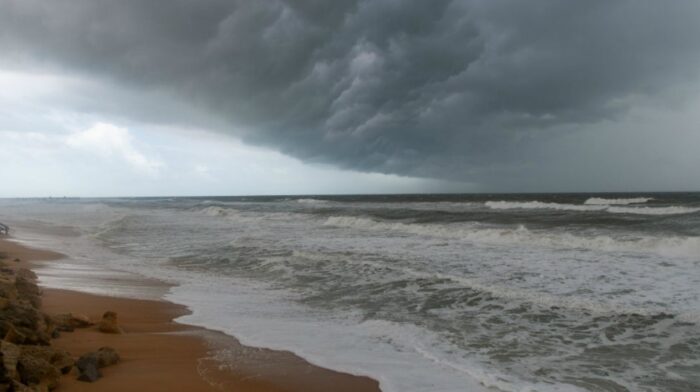
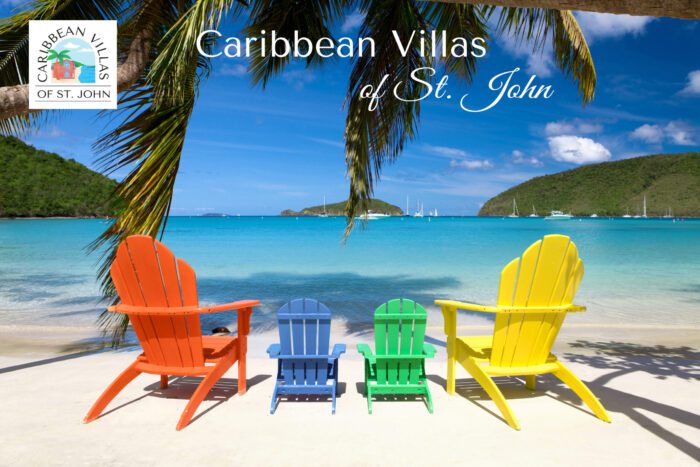
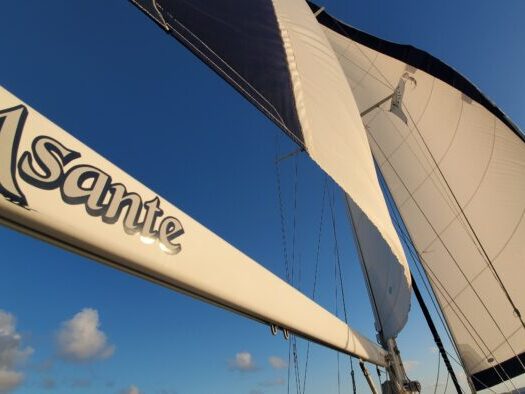
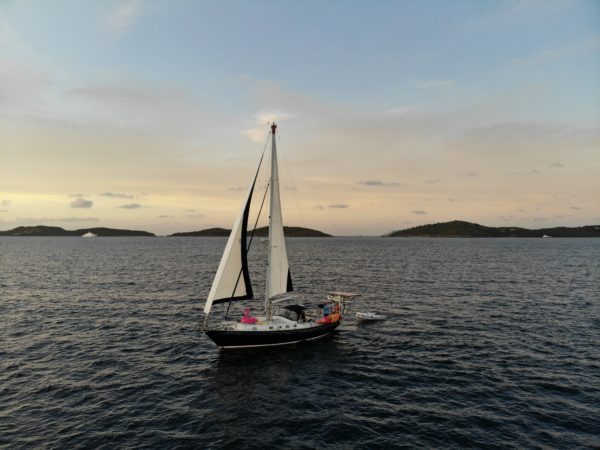

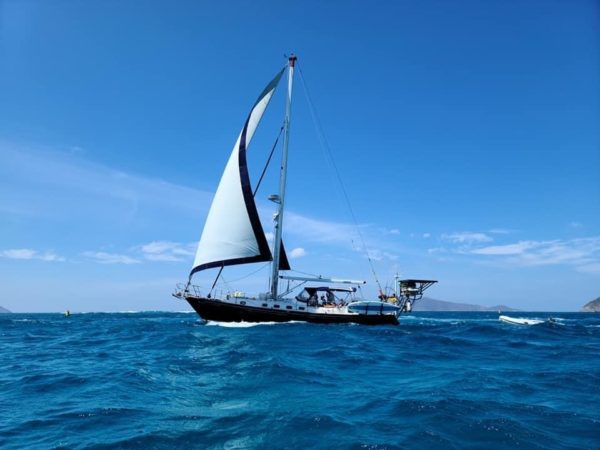



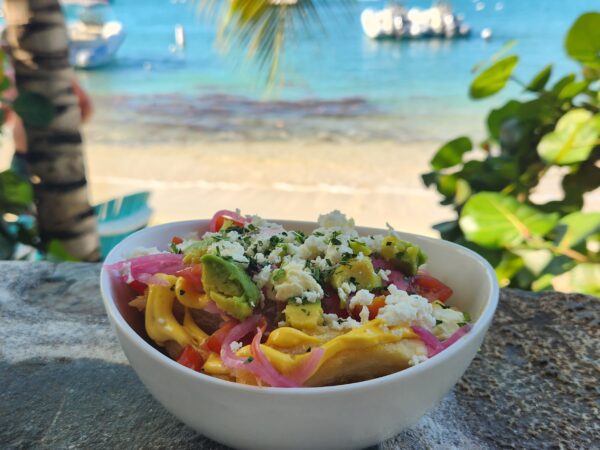



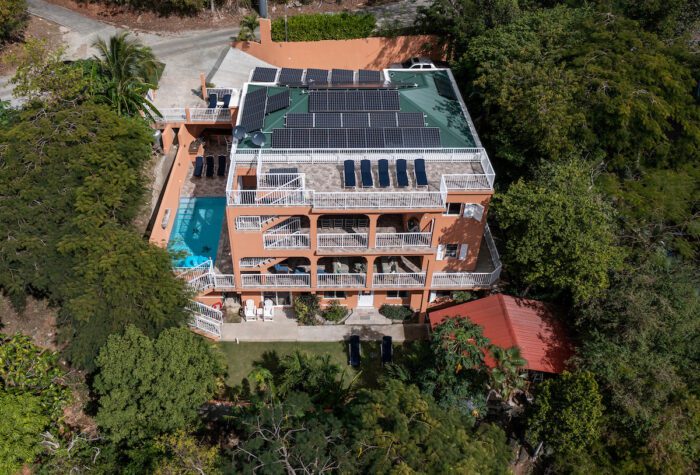









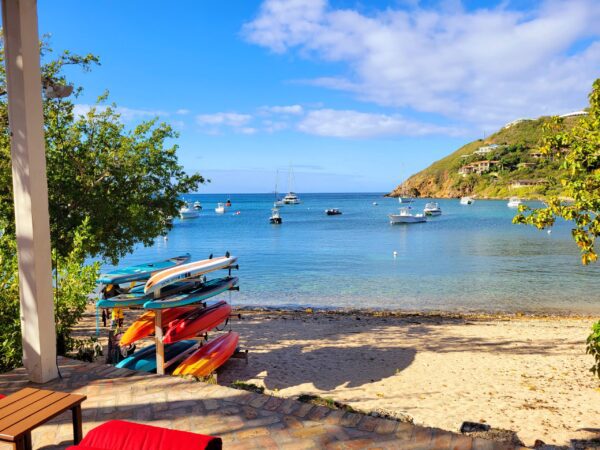
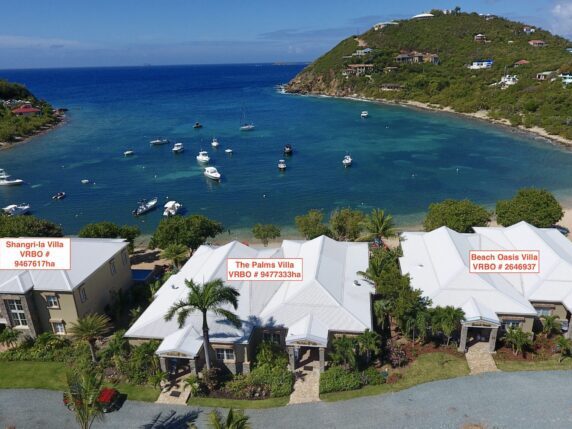

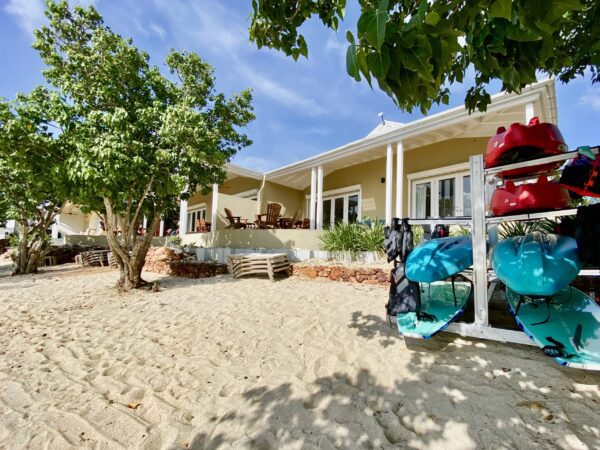
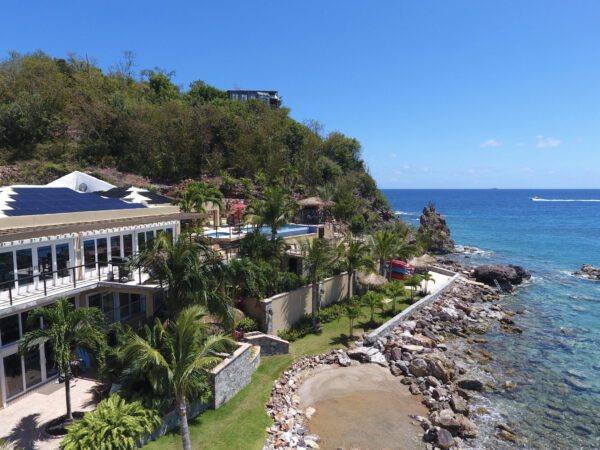
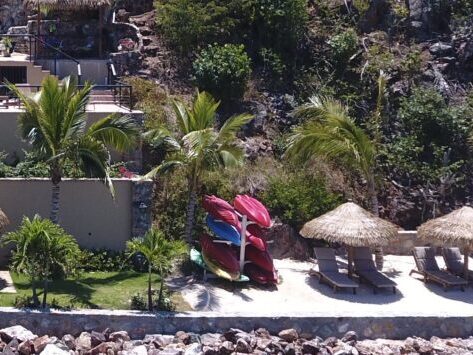
































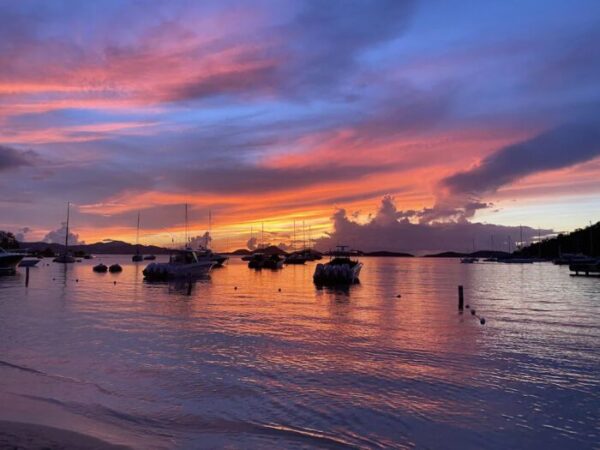

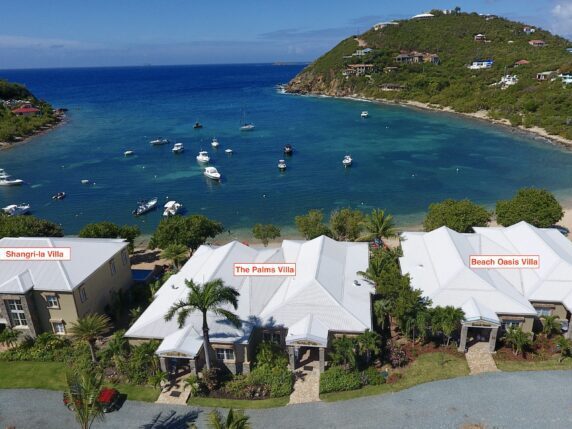


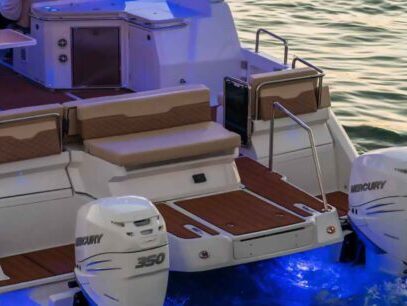
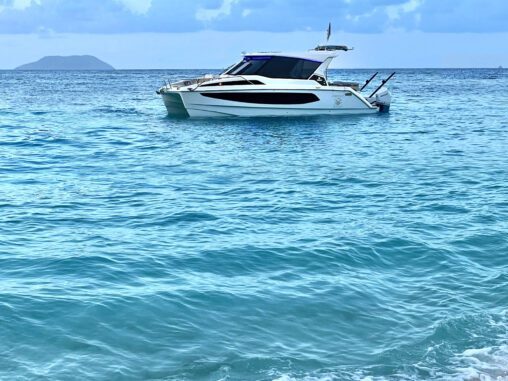



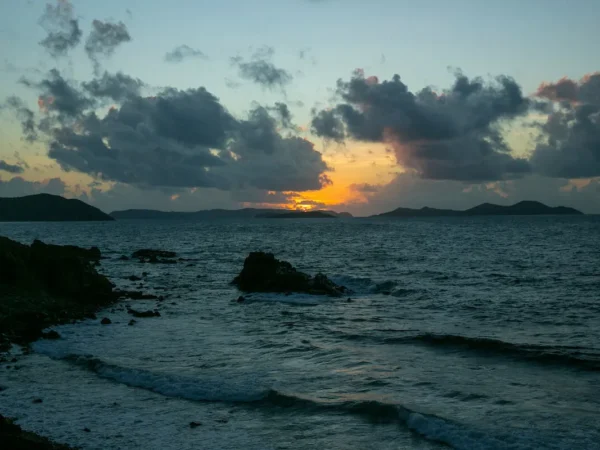

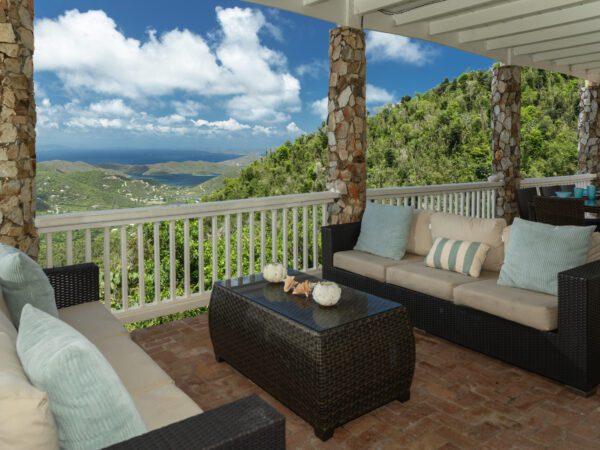

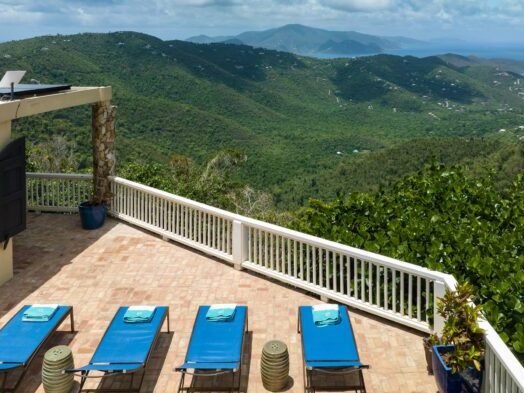


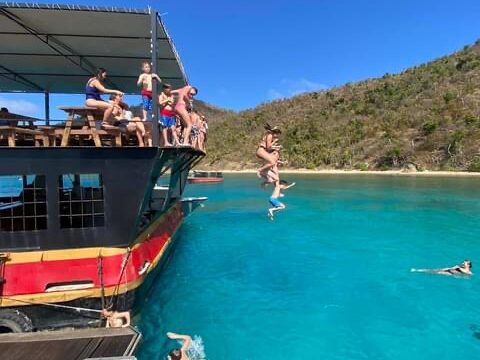

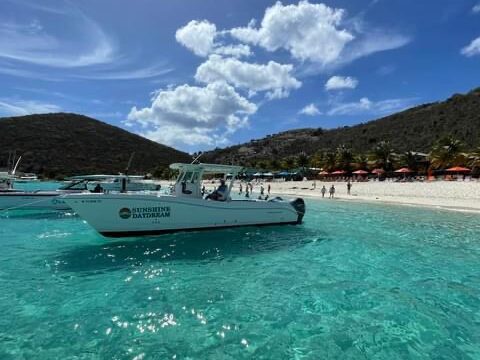
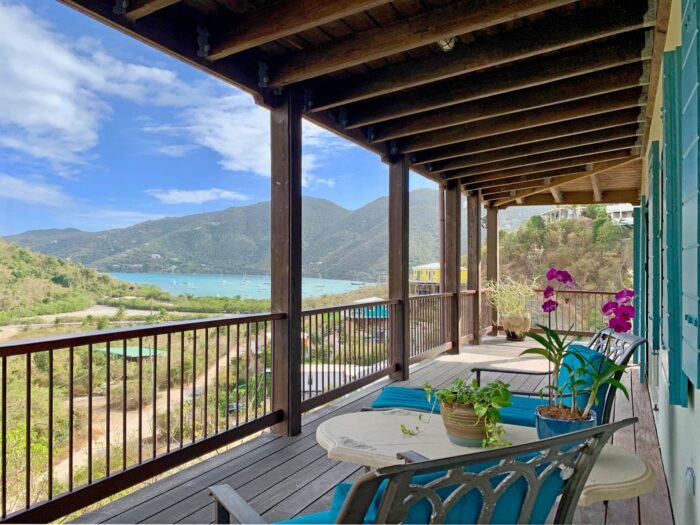







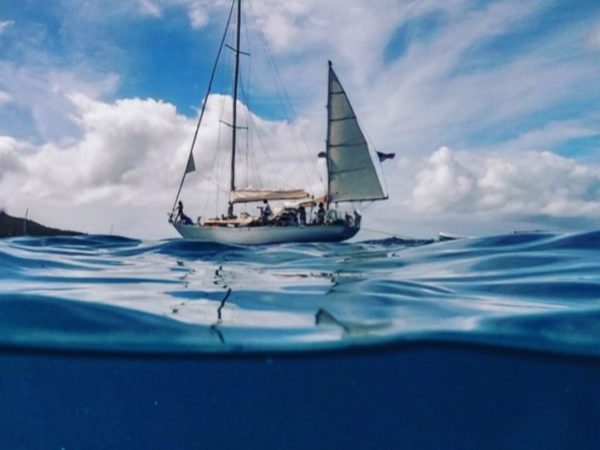



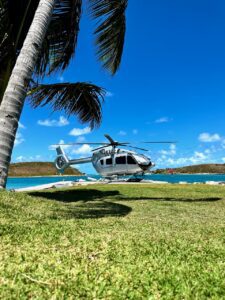















Fingers crossed they stay off of land!
Take care and be safe everyone! I will be thinking of you here in Upstate NY.
Thanks for the post…very useful.
This is exactly why we love St. John…people care. Raise your Painkillers!!